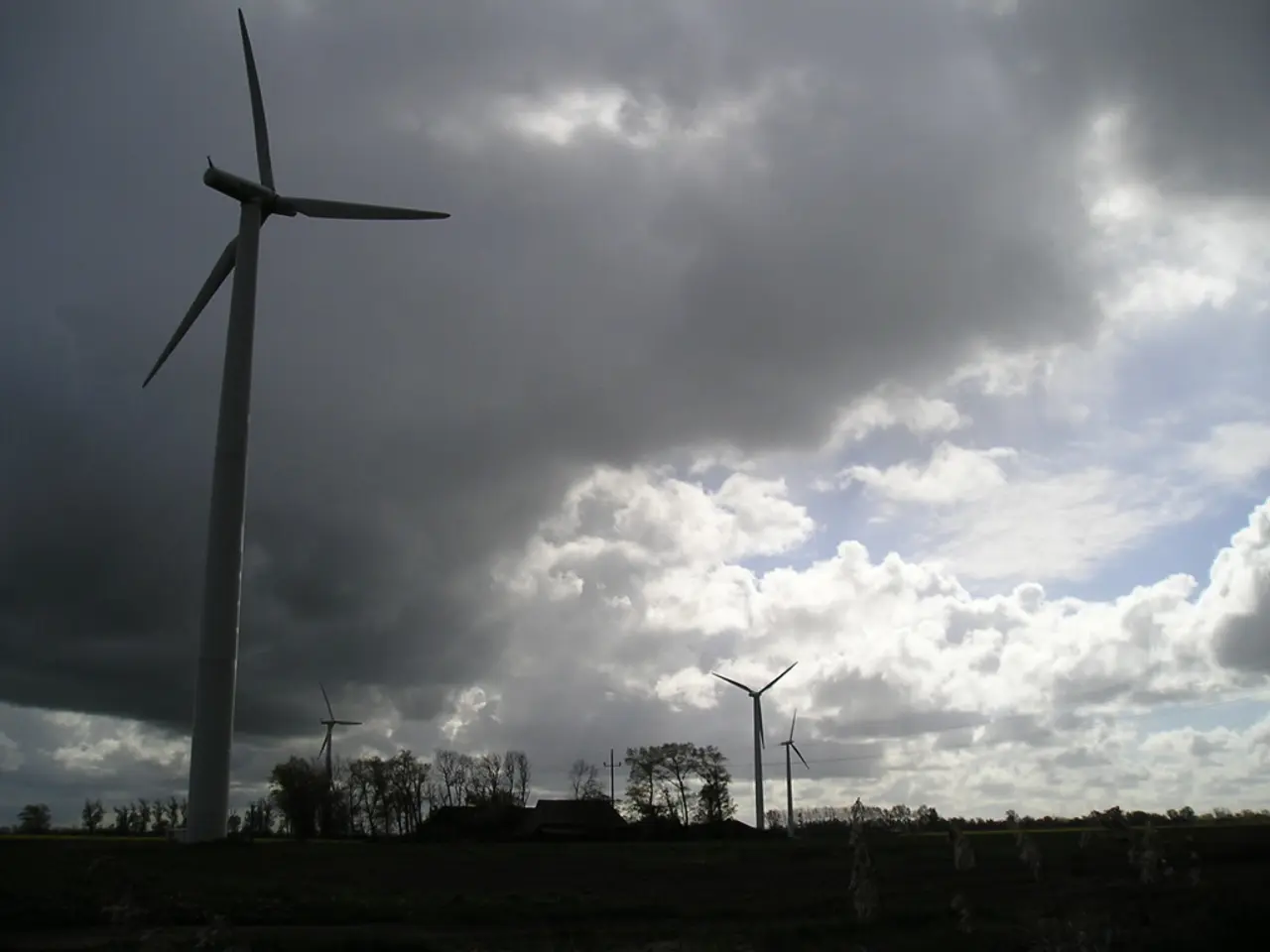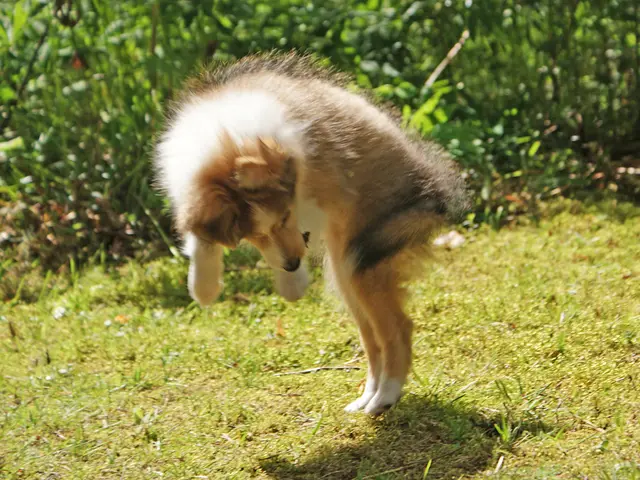Tunisian Startup Tyer Wind's Hummingbird Turbines Revolutionize Urban Wind Energy
Tunisian startup Tyer Wind is making waves with its innovative, hummingbird-inspired wind turbines. These unique devices are set to revolutionize wind energy production, offering a less polluting and more visually appealing alternative to traditional turbines.
Tyer Wind's turbines feature an unusual design with two oscillating blades that mimic the rapid wing beats of a hummingbird, fluttering between 55 and 75 times per second. This innovative design allows the turbines to generate power even in low-wind conditions, making them ideal for dense urban areas where traditional turbines might struggle.
Made of lightweight carbon fiber, each turbine is equipped with 1.6-meter-long blades and produces 1 kW of power. The use of carbon fiber reduces noise pollution, making Tyer Wind turbines less intrusive than their traditional counterparts. Moreover, their compact size and unique design allow for greater density in wind parks, with less visual impact on the landscape.
Tyer Wind has been rigorously tested over the years, with the company collecting data on energy efficiency, aerodynamic behavior, material resistance, and stress on the mast. Despite their unconventional design, these turbines pose no threat to migratory birds, making them an eco-friendly option for wind energy production.
Tyer Wind's hummingbird-inspired turbines are set to accelerate wind energy production, offering a less polluting, more visually appealing, and bird-friendly alternative to traditional turbines. With their ability to operate in low-wind conditions and be installed in urban areas, these innovative devices could pave the way for a new era of renewable energy production.
Read also:
- Senate Tillis under spotlight in North Carolina as IRA tax incentives remain uncertain
- OpenAI's $150B Expansion Sparks Concerns Over Influence and Energy Consumption
- Latest Edition of Bus-News Magazine Arrives for 2023!
- Testing the Camp Mode of the 2025 Tesla Model Y with Juniper's interior housing two kids, shockingly low CO2 levels were discovered.








